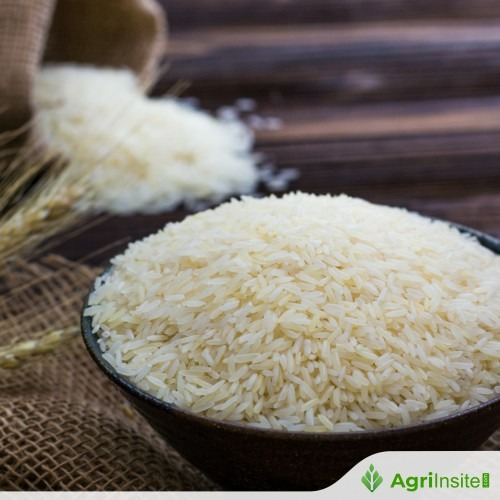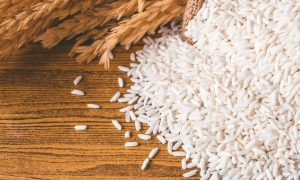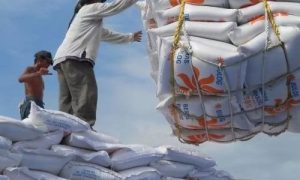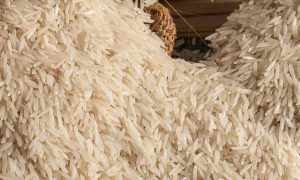Japan’s rice curbs to be ended in policy reversal, as PM Ishiba to push for larger harvests

Japan will boost rice output amid soaring prices caused by a production shortfall. Prime Minister Shigeru Ishiba plans direct payments to eco-friendly farmers, smart agriculture, and land consolidation. The policy reverses earlier curbs on rice cultivation. Export expansion and mountainous region support are also key features of the fiscal 2026 plan.
TOKYO – Prime Minister Shigeru Ishiba was to announce Tuesday a major policy shift to boost rice output and stabilize the nation’s food supply in the face of soaring rice prices caused by a production shortage.
The government was to finalize its new policy plan at a meeting of relevant Cabinet ministers on Tuesday. In the ministerial meeting, the government was to announce new steps to boost rice production after an analysis found that “production was falling short of demand,” causing a rise in prices.
These steps include providing direct payments to farmers who adopt environmentally friendly practices.
The plan marks a historic shift in agricultural policy, with the government now revising its production adjustment measures, which had in effect reduced the amount of land used for rice cultivation.
Ishiba was to announce the new strategy at the meeting to address future supply shortages, namely by pushing for greater production, keeping farmland from being abandoned, passing on farmland to future generations and committing to a fundamental expansion of exports.
Under the new policy, the government will promote smart agriculture, using advanced technology to increase production. It will also seek to boost productivity by consolidating farmland to create larger operations and encourage the incorporation of farms.
To support rice farming in mountainous and hilly regions, where it is difficult to achieve large-scale operations, the government will establish a new direct payment system that rewards environmentally friendly practices.
The government’s new policy also aims to maintain the competitiveness of domestic rice and ensure an outlet for increased rice production by expanding exports, even in the face of U.S. tariffs.
The government plans to include funds for these initiatives in its fiscal 2026 budget request.
Also at the meeting, the Agriculture, Forestry and Fisheries Ministry was to present a report on the causes of higher prices. The report mentioned the ministry’s own mistaken view that “rice production was sufficient” as a key factor, with the ministry failing to account for a rise in foreign tourists when forecasting rice demand.
As for distribution, the report noted that most private inventory already had buyers, leaving no flexibility to meet an unexpected surge in demand. This sparked fears of a shortage and led wholesalers to purchase rice at higher prices, ultimately driving up retail prices.
Although the government stopped assigning annual rice production targets to prefectures beginning with the 2018 harvest, it was criticized for continuing a policy that in effect curbed rice production. This policy entailed issuing production targets based on demand forecasts and providing subsidies to farmers who switched from rice to other crops, such as wheat or soybeans.
Ishiba established a new Cabinet taskforce in June and instructed members to work on stabilizing rice prices and building a sustainable and stable production system.
To Read more about Rice News continue reading Agriinsite.com
Source : ANN














